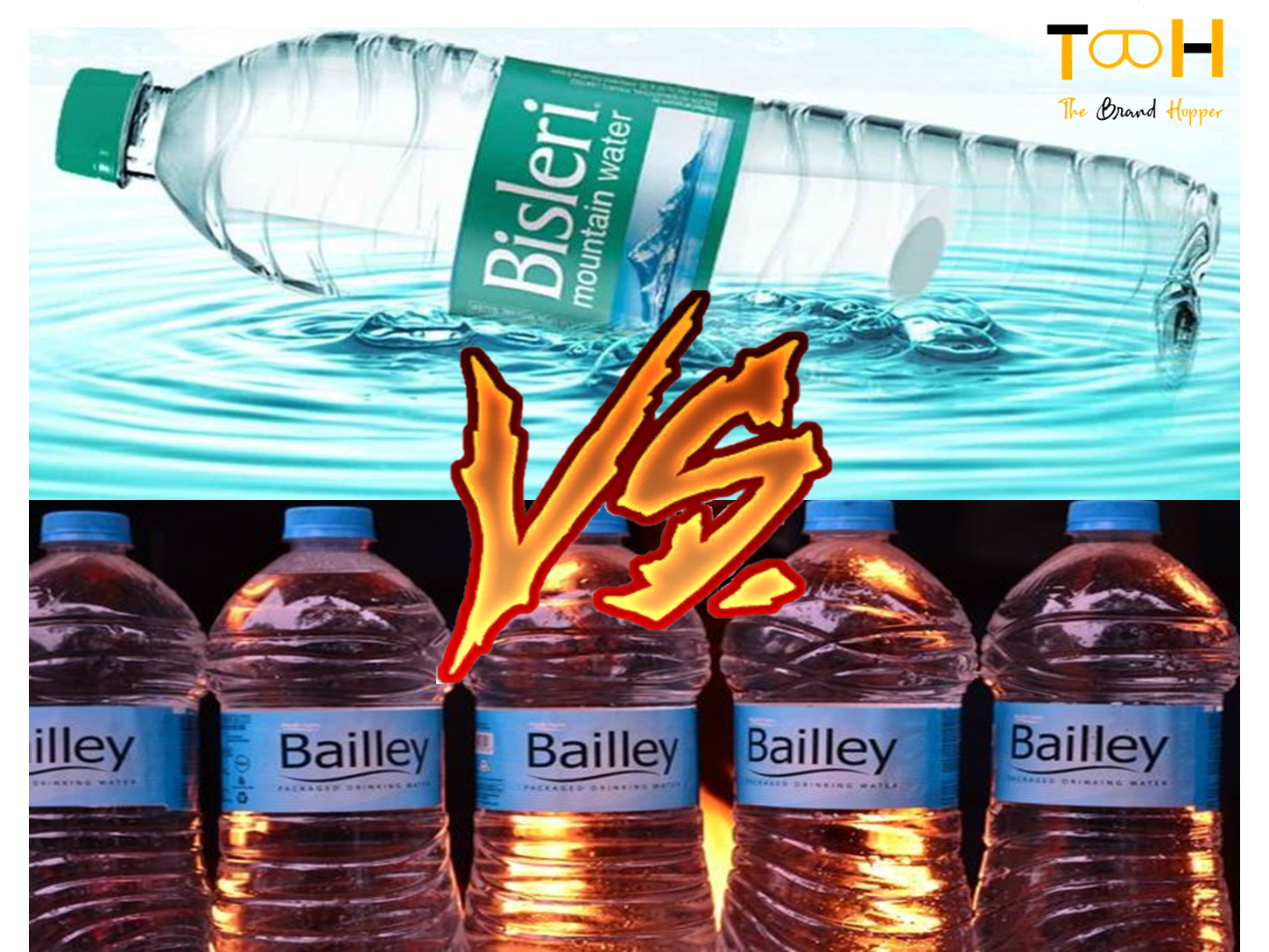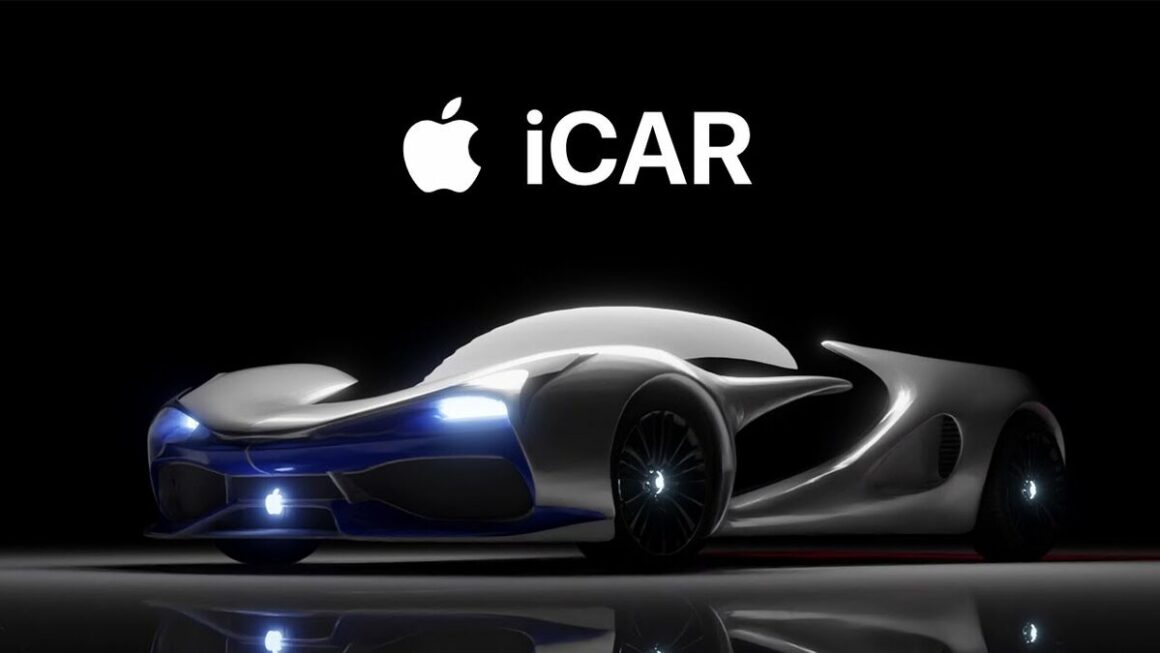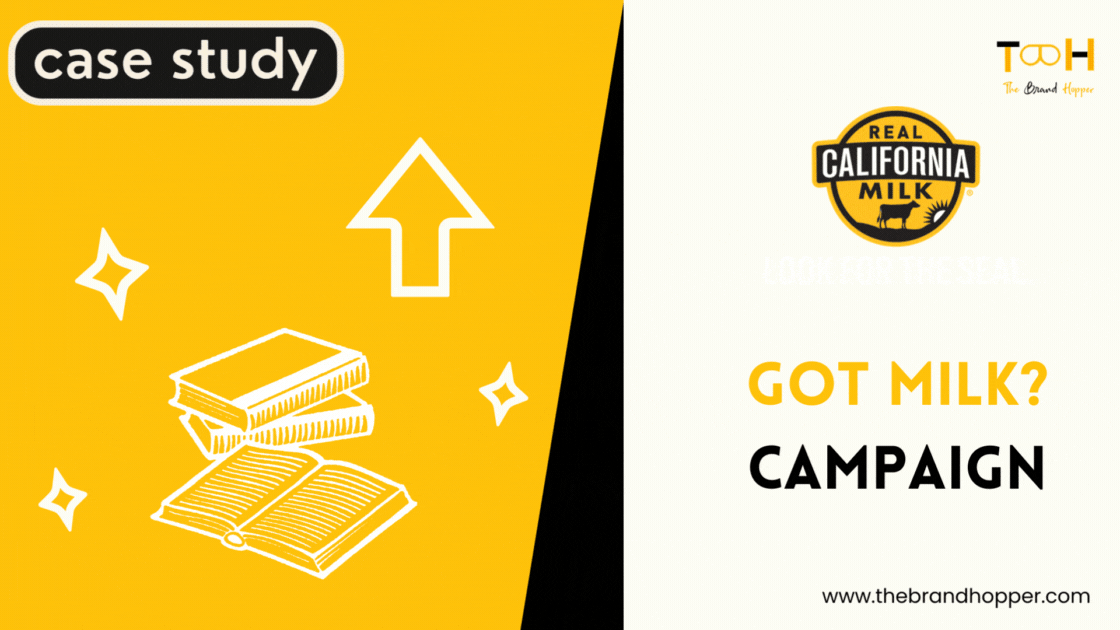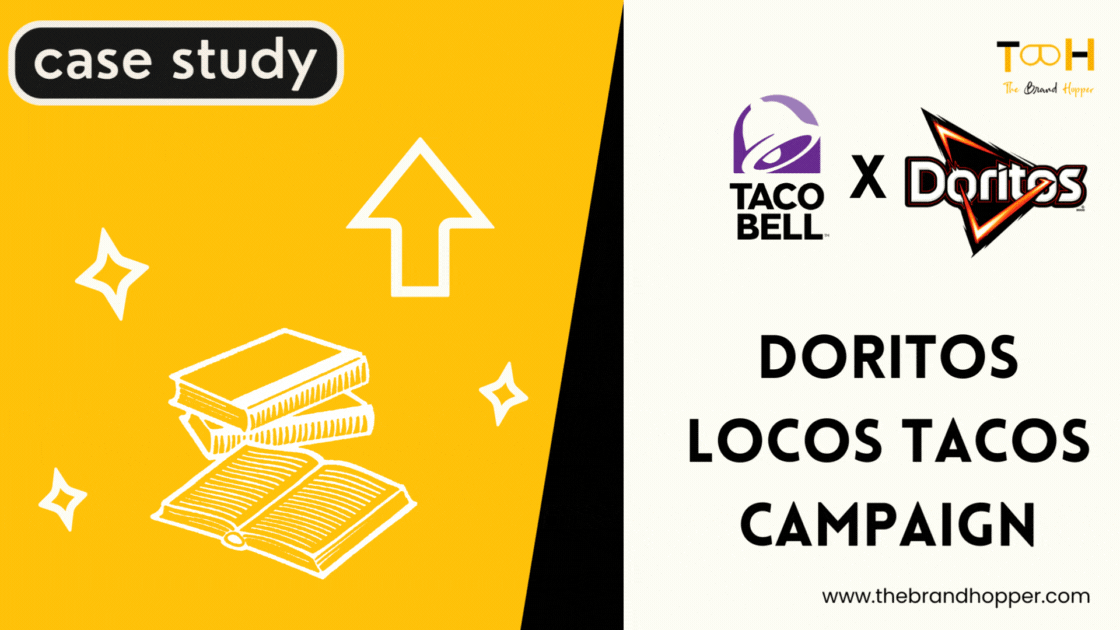In 1993, Prakash Chauhan’s Parle Agro decided to enter the mineral water market with its brand, Bailley. But there were two clear challenges that Bailley faced.
For one, the concept of bottled mineral water was not very well known, with its usages restricted to foreign tourists and jet-setting Indians.
On the other, brother Ramesh Chauhan’s Parle Exports had a stranglehold in the market, holding the majority market share with its Bisleri. Bisleri enjoyed a clear first-mover advantage and had assumed the generic brand status in a 3.5 million-case market.
For Parle Agro, however, the market presented a very clear opportunity.
It already had two well-entrenched brands in its portfolio, Frooti and Appy, which occupied leadership positions in the tetra packed fruit drinks market with a combined share of over 90 percent. This meant that the distribution infrastructure was already in place, and a new brand of bottled water from the same stable would have a ready-made network of outlets across the world.
Second, with very little investment needed in terms of technology or infrastructure, the barriers to entry were not very difficult to overcome.
Challenge
The task of Bailey was not very easy, particularly in terms of competing with Bisleri. In the 1970s and 1980s, the mineral water category was virtual, with just a handful of players catering to the sporadic demands of an equally limited audience of travelers and a few affluent consumers.
According to some figures, travelers accounted for 80 percent of the sales volume. For the average traveler, the price tag of Rs. 8-9 for a 1-liter bottle seemed to be unfair for a commodity that could be purchased free of charge and for which there was no real need. Instead, most travelers carried their own water bottles.
Also, travelers were quite content to consume tap water at railway stations or restaurants located near bus stops.
The biggest obstacle was the high recall Bisleri enjoyed. So much so that customers who went to buy mineral water would simply go up to the retail store and say, “Ek Bisleri Dena” (Give me a bottle of Bisleri).
Or even if the customer asked for a specific brand of mineral water, the vendor would fish out of whatever brand he had in stock and hand it over to the consumer.
To thrive in such a scenario, the company had to expand the market. Here, new entrants and relatively smaller players were at a disadvantage because freight costs claimed a large part of the operating expenses, at times as high as 30–40 percent of the total cost.
Maintaining an efficient delivery system required both high volumes and investment in infrastructure. But raking in the volumes in a category where the scope for brand differentiation was low presented another formidable barrier.
Despite these barriers, when Parle Agro began exploring the market in detail, it realized that with increasing health consciousness the market was poised for a take-off.
Added to that was the prospect of increasing tourist traffic, both domestic and foreign. But the existing capacities were not quite enough to serve the steadily increasing demand.
Since Parle Export’s Bisleri was so strongly identified with the category, Parle Agro took great care to brand its new product carefully. Without being radically different, the company chose a name that was slightly anglicized to project a more upmarket image.
The company also figured that the consumer took a little more time to articulate the name, which in turn made sure that recalling the name would be so much easier. But more than just the brand name, the company realized that to penetrate the market effectively, an efficient distribution system and competitive freight costs were important.
Also Read: Creating A New Market Through Attractive Packaging – PaperBoat
Solution
Bailley had learned valuable lessons from the Bisleri experiment. The distribution system of Parle Exports began with its bottling plant in Mumbai.
Later it went ahead and added 11 more franchisees who had their own bottling plants in the metro and a few small meters. Although this limited the spread, it also resulted in a lopsided cost structure, as the cost of freight and handling in order to survive on the internal markets proved to be sufficiently prohibitive.
Parle Agro had a very simple game plan from the outset. One thing was obvious: distribution was the secret to success.
Mineral water being a logistics company and a bulk commodity, transport was costly. It was therefore necessary to locate plants across the world. But it was a costly proposition. In addition, varying sales, excise, and tax rates across states make it impossible to have consistent national prices.
While Bisleri returned to the same route later, Parle Agro literally doubled the number of franchisees. This made it possible for Bailey to enter the market quickly.
Many of these franchisees were required to set up PET bottle manufacturing facilities at the bottling plant as well. This was because the expense of packaging – bottles, pilfer-proof caps, and so on – accounted for about 40 percent of the overall cost.
This also eliminated the uncertainty of the availability of bottles.
Branding
Parle Agro also wanted to distinguish Bailley in terms of bottle design, since there was very little space for distinction in the product itself. Mineral water bottles, irrespective of brand name, are made by a blow molding operation.
Since the preform-supplier of all the bottles was the same all the mineral water brands available on the market had the same design. To stand out, Parle Agro has agreed to standardize Bailley’s preform and cap designs.
Initially, the company launched two box sizes. The 500 ml bottle was priced at Rs. 5 and was intended to induce trials, and was also most convenient for the individual traveler. The 1-liter bottle was originally intended to provide protection and security for ‘integrated customers’ who were truly healthy and fit.
It was then put on the prestigious platform for the category of the Achievers – those who want to make a fashion statement by drinking mineral water. The prestige factor was completely exploited when the Bailley team came up with the concept of exploring the wedding market.
Although the caterers had doubts as to whether the host would pick up the water tab, Bailley’s salesmen did a reasonable amount of direct service to get the ball rolling. It has now turned out to be one of the fastest-growing markets.
Side by side, Parle Agro’s sales team also established franchisee networks in relatively inaccessible places such as Guwahati, Palghat, Jaipur, and Belgaum, which gave the company access to remote markets.
After the task of cracking the market, open was through, Parle Agro devoted all its energies to exploit the non-traditional routes of increasing distribution width.
It tied up with various long-distance bus operators who kept stocks of Bailley on board. A small incentive was given to bus operators and conductors to push the brand.
The company also sought out restaurants or dhabas in Mumbai–Pune, and Nasik– Pune route which had been neglected by other players.
Also Read: Creating A New Market Through Attractive Packaging – PaperBoat
Conclusion
The aggressive marketing campaign of the organization seems to have paid off. For one it successfully broke the Bisleri monopoly and is now the leader in a number of regions, including Maharashtra (especially Mumbai), Gujarat, West Bengal, Karnataka, and Goa, and a close second in many others.
With a total production capacity of 120 million bottles per year, Parle Agro has mainly targeted towns with populations of more than one lakh, while Bailley is also available in towns with populations of less than 50,000.
As a low-margin corporation, the company has not invested much money and effort in mass media advertising but has focused on educating customers on the use of clean, hygienic water via direct mail and other media.
Participation in corporate activities is still going strong and the brand is promoted by companies such as the Taj Hotel Group and Jet Airways.
To read more case studies like this, subscribe to our newsletter.
[wpforms id=”320″ title=”true”]


